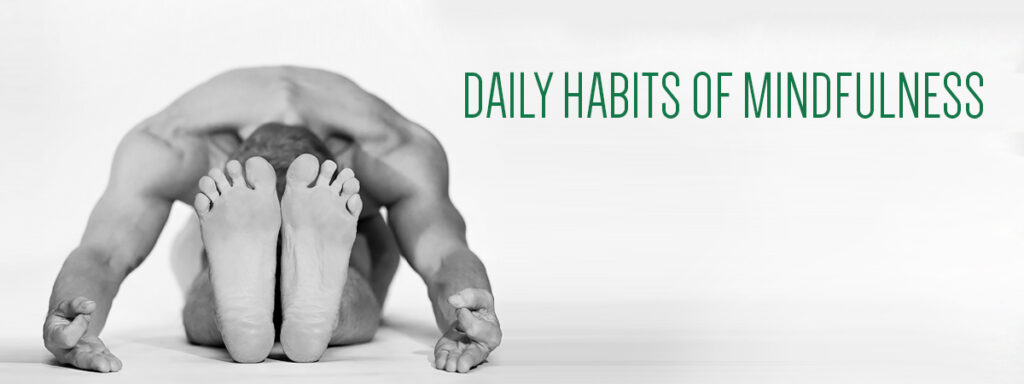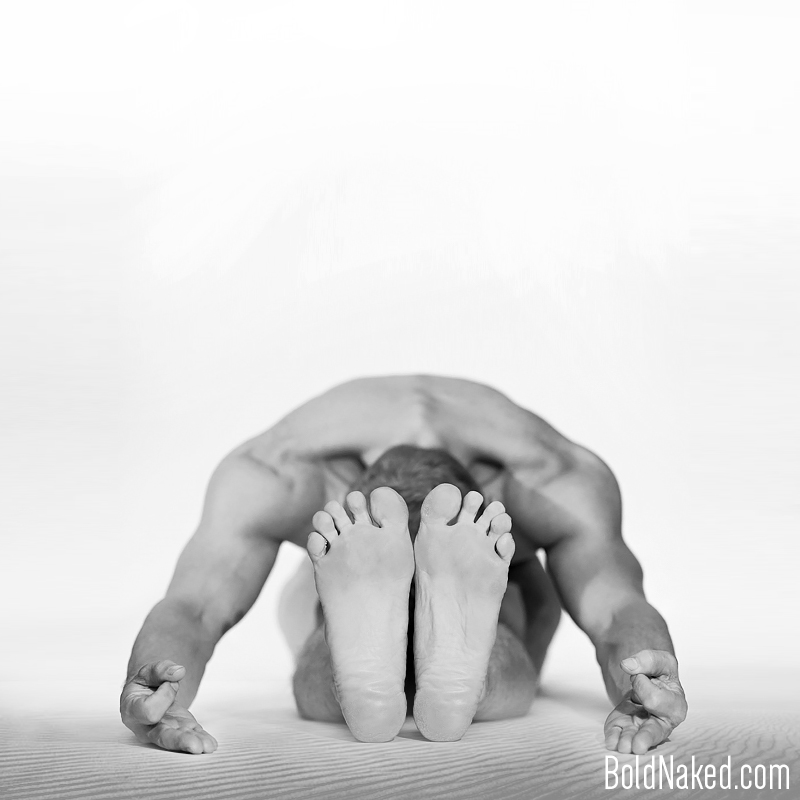

Do you feel stressed out right now? You are not alone. A recent study found that approximately 80% of Americans feel seriously stressed and this isn’t just bad for our mental health but for our physical well-being as well. In fact, it has been shown that workplace stress is just as bad for our health as secondhand smoke.
However, there is an antidote to stress, which is mindfulness. 2014 has been called the ‘year of mindful living’ and it seems like mindfulness is here to stay. It is no longer an activity reserved for the new age, but it has become mainstream as a way to fight stress, burnout, digital distractions, technology addiction and constant busyness.
While by now we all know that practicing meditation and mindfulness comes with a multitude of benefits, most of us find it challenging to squeeze it into our already jam-packed schedules. But you don’t have to sit forever in meditation to practice mindfulness. Mindfulness is the practice of cultivating focused awareness on the present moment, which is at the same time a lifelong process as well as a daily habit.
Here are our TOP 10 daily habits of mindfulness that don’t necessarily require a meditation practice.

#1 Take a Walk
We live in a culture of exhaustion, burnout and being overworked. We are distracted from what is truly important in our lives because we are connected 24/7 and it gets harder and harder to to tap into our wisdom, creativity, well-being, and wonder. The solution is very simple. Go for a walk to calm your mind, facilitate greater awareness and gain a new perspective. Especially walking through green spaces can actually put our mind into a meditative state and walking in a peaceful outdoor space has been found to hold our attention while at the same time allowing for reflection.
#2 Watch What You Eat
We mean that literally. Look at your food, sniff it and taste it properly and make sure not to do anything else while you eat. Dietary regimens teach us to pay attention to what we eat, but mindful eating is a whole different story and a lot easier than counting calories. Mindful eating means that we pay attention to and identify the foods that make us thrive and those that make us feel sluggish. Make eating your mindfulness practice of the day and consider where the food came from, how it was grown and how it ended up on your plate.
#3 Turn Daily Tasks Into a Mindful Moment
Mindfulness doesn’t just mean we practice a 10-minute meditation in the morning but rather it is something that we can incorporate into our daily lives simply by paying more attention to the activities we are doing, while we are doing them. For example take the boring task of doing laundry. Instead of rushing through it to get it done, savor the moment. Feel the different textures of the fabrics, notice the colors, smell the fresh scent when they come out of the dryer. You can even turn the folding process into a mindfulness practice, being attentive to each fold. If you turn your daily activities, from brushing your teeth to dressing yourself, commuting to work and getting ready for bed into a mindfulness practice, you will soon realize that there is no such thing as a mundane moment, just a mundane state of mind.
#4 Pay Attention to Your Breath
The breath is a great tool to figure out our mental and physical state and it is at the same time the foundation of mindfulness. Calming the breath is the secret to calming the mind. We take the breath for granted and most of the time don’t pay attention to it as it is fortunately something we do automatically. However, make it a point to pay attention to your breath several times throughout the day and make it your mindfulness practice of the day. Inhale slowly on the count of 4, then exhale slowly on the count of 4. You can choose any number you like, just stay in a consistent rhythm and pay attention to your nostrils, throat, collarbones, ribcage, lungs, and diaphragm. Feel the fresh, oxygenated blood fill you with renewed energy and life.

#5 Do One Thing at a Time
Multi-tasking is the opposite of being focused, yet most of us spend our day in divided attention, which prevents us from being in the present. Research shows that when we are multi-tasking and divide our attention, it takes us 50% longer to finish a task and we are 50% more likely to make mistakes. Rather than trying to accomplish 5 tasks at once, stay focused on one task only until it’s completed and then take a break between your times of one-pointed, sustained attention. Bringing more mindfulness into our day means to focus completely on one task for a certain period of time and then taking a break before moving on to the next.
#6 Feel What You Are Feeling
Mindfulness isn’t about constantly feeling happy. It is about completely accepting the present moment as it actually is, which means that you feel what you actually feel in this very moment without trying to control or resist it. We all have to deal with difficult emotions from time to time, whether that’s anger, fear or sadness. However, practicing mindfulness means that we don’t try to deny or avoid these emotions. Acknowledge how you are feeling and allow it to be. Because one thing is for sure, all emotions, whether they are pleasant or unpleasant come and go just like the natural flow of life.
#7 Know When NOT to Check Your Phone
Instead of letting every ping of your phone dictate your life, learn to have a healthy relationship with your mobile device. One important point of that healthy relationship is that you never start or end your day with checking texts, emails and social media feed and choosing to unplug on weekends or when you are on vacation. But one of the most important parts of knowing when not to check your phone is that you put it away while you spend quality time with friends and family.
#8 Let Your Mind Wander
While mindfulness generally means that we tune into and focus completely on the present moment, mind wandering and day dreaming are extremely positive for our brain’s psychological function. The latest research shows that if we are always in the present moment, we miss out on the important connection between our inner mind-wandering and the outer world and with that lose imagination and creativity. Choose to let your imagination run wild and fantasize about your future, because research has found that those positive and specific daydreams can make us even more mindful.
#9 Seek Out New Experiences
Living mindfully comes with the welcome side effect of being open to new experiences. Studies reveal that those who prioritize mindfulness enjoy savoring simple joys and moments of wonder and new experiences can help us to be more mindful. Taking on a new adventure, really teaches us to be here right now. It wakes up our senses and stepping into the unknown will allow us to learn how to smile when fear is churning inside.
#10 Protect Your Body and Mind
In order to live more mindfully you have to be protective of your body and mind and make it a habit of listening to your body and mind to find out what is nourishing you and what is draining your energy. Make it a point to actively and deliberately cultivate a healthy way of being. Whether that’s because you make it a point of eating well, getting enough physical activity as well as rest or being careful how to feed your mind and avoid ‘junk food’ such as social media, mindless games, excessive TV or trash magazines. We are not saying you should never indulge in a glass of wine or watch a movie, but be very aware of how you feed your body and mind and treat them with love and respect.
Mindfulness means that we step into the present moment in the here and now and cultivate awareness without judgment. If we can manage to incorporate more habits of mindfulness into our daily lives, we become more compassionate, reliable, happy and successful.
LIVE MINDFULLY
Joschi & Monika
#BoldNaked

Pingback: Nudie News